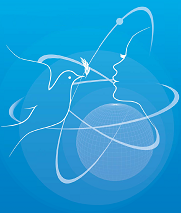Speaker
Dorra LAJNEF
(Tunisian Company of Electricity and Gas, Tunisia)
Description
Nuclear power is a proven, safe and clean source of power generation. A nuclear power plant is a thermal power station in which the heat source is a nuclear reactor. As is typical in all conventional thermal power stations the heat is used to generate steam which drives a steam turbine: the energy released from continuous fission of the atoms of the fuel is harnessed as heat in either a gas or water, and is used to produce steam. Nuclear Reactors are classified by several methods. It can be classified by type of nuclear reaction, by the moderator material, by coolant or by generation. There are several components common to most types of reactors: fuel, moderator, control rods, coolant, and containment. Nuclear reactor technology has been under continuous development since the first commercial exploitation of civil nuclear power in the 1950s. We can mention seven key reactor attributes that illuminate the essential differences between the various generations of reactors: cost effectiveness, safety, security and non-proliferation, fuel cycle, grid appropriateness and Economics. Today there are about 437 nuclear power reactors that are used to generate electricity in about 30 countries around the world.
| Country or International Organization | Tunisia |
|---|
Author
Dorra LAJNEF
(Tunisian Company of Electricity and Gas, Tunisia)

